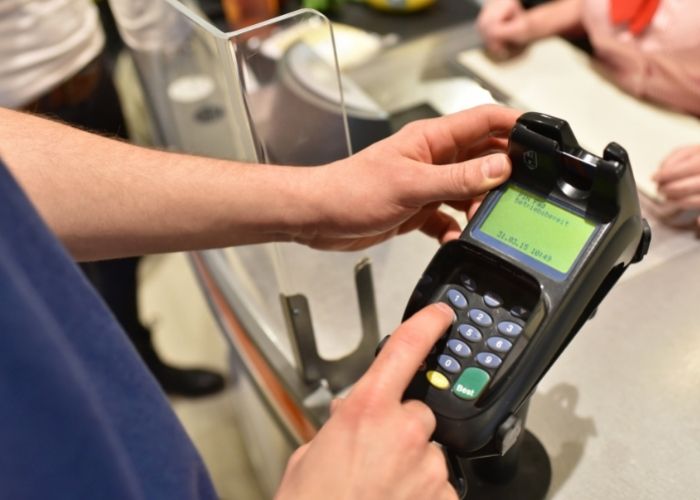MADRID – The fact the price of electricity in Spain has risen enormously in recent months is not the only thing that affects the consumer’s wallet. A high energy bill also makes a large part of the products in the shopping cart more expensive.
This is apparent from the Consumer Price Index (CPI) data published monthly by the National Institute of Statistics (INE). In August inflation stood at 3.3% – four-tenths higher than in July – the highest since September 2012.
As such, the driving force that has pushed prices to such levels is electricity, INE emphasises. It is a constant period in which energy – electricity, gas, and fuel – has become more expensive to alarming levels. Moreover, to the point that it’s already one of the government’s biggest problems.
Although, in the absence of knowledge of the fine print of inflation in August – the data was an estimate of the CPI. However, it is known which products in the shopping cart have become more expensive from January to July (the last month with full data).
Strongest rise in prices
So far this year, the group of products included in the CPI whose prices have risen the most is transport (+7.9%), followed by housing (+7.3%). The consumer organisation OCU denounced in a press release how the rise in energy costs also started to affect the production and transport of food. For example, the group of foods and non-alcoholic drinks increased by 1.5% from January to July.
“Worrying”
Furthermore, the organisation finds “worrying”, as it directly affects the most vulnerable households. “And even more so now that 45% of households have suffered a loss of income in the past year” as a result of the Covid crisis.
Within the food and non-alcoholic drinks group, prices increased most for oils and fats (20%), mineral water, soft drinks and juices (7.4%), fresh fruit (4.6%), eggs (3%), and poultry (3%).
Few products have become cheaper in the first seven months of 2021. This only applies to legumes and vegetables (-1.3%) and fish, both fresh and frozen (-1.2%).
Price increases by region
The rise in the prices of food and non-alcoholic drinks has not been the same in all autonomous communities. This was strongest in the autonomous city of Melilla (2.6%), Galicia (2.3%), Cantabria (2.1%) and Navarre (2.0%). The lowest increases were registered in the autonomous city of Ceuta (0.3%), the Canary Islands (0.6%), and La Rioja (0.9%). In the Basque Country, the increase was 1.4%.
Only clothing and footwear cheaper
The only consumer product category that has become cheaper in the first seven months of the year is clothing and footwear, at -14.9%. Much of this drop in prices is related to the marketing season, bringing the July monthly CPI for this type of product to -12.4%. In fact, compared to prices with those of the same month of 2020, they increased by 1%. Within the clothing and footwear group, the price of men’s clothing fell most sharply between January and July (-17.7%), while that of women’s clothing fell by 16.2%.


